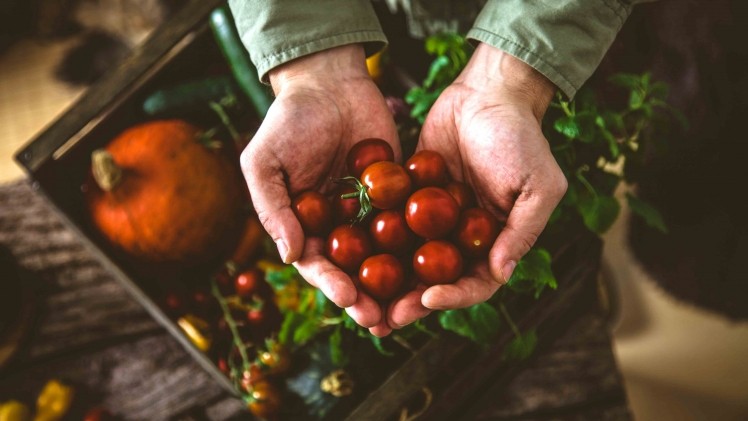The Lowdown: the 2018 food shortages

We spoke about this already. Carbon dioxide shortage, right?
That’s how it started, but the heatwave that arrived a week later has really taken a toll on some of the UK’s staple crops. The ‘Beast from the East’ before that has also had an effect on the amount of certain crops available for harvest now, because the adverse weather meant that the farmers couldn’t plant anything at the usual time.
What shortages can we expect?
It’s bad news for the health conscious as one of the worst-hit crops has been lettuce. Demand for salads has increased with the temperature, but lettuces stop growing when the temperature hits 30 degrees.
I haven’t noticed any shortages in my supermarket…
That’s because farmers and wholesalers have been forced to import from abroad to meet supermarket contracts. Wholesale prices are up nearly 22% - making salads a bit pricier on the shelves – and a lot of the lettuces are actually coming from the US, because countries like Germany don’t have enough spare ones to share, having faced similar weather.
OK- so green salad’s off the menu. I can live with that. What else?
Broccoli and cauliflower have both stopped growing because of the heat. It’s meant that the prices for both have surged – 81% for cauliflowers and 37% for broccoli.
Even with the price rises, with wholesale they’re still pretty cheap...
Granted. Things that are a bit more of an issue include the likes of milk and meat, which aren’t something people really think would be affected by the weather.
How has the heat affected milk?
Farmers are saying that yields are down as the hot weather has killed off the grass in the fields where dairy cows graze. Farms are being forced to use up fodder that they would normally save for the winter because there is not enough fresh feed for cows and sheep in the fields. And less milk means more pricey cheese and butter.
Maybe this is more serious than I thought.
Combine that with the 25% decrease in yield, and 55% increase in wholesale price of onions, and you’re looking at cheese and onion crisps being taken off the shelves… or at the very least, becoming more expensive.
Wait… cheese and onion crisps actually have real onions in them?
Apparently so. Jack Ward, CEO of British Growers, says that although volumes are down for all vegetables, those in the ground have been affected the worst. So, things like potatoes and onions.
Tough times.
Quite. There is one last bit of bad news, and you might want to sit down for this one…
Oh no. It’s not beer, is it?
Barley planted in the spring – much of which goes to the brewing industry - was planted late because of the bad weather earlier in the year. Crop yield could be at half its normal level, according to Guy Smith from the National Farmers’ Union.
And there we were, celebrating the heatwave… This is a nightmare.
It’s not all bad- it’s been a bumper year for English winemakers, and that doesn’t happen often. Frazer Thompson from Chapel Down winery says that the flowering of the vines has been completely uninterrupted and early, which is “near perfect” and has produced “unprecedented” quality of grapes on the vine.
What about fruit?
It’s been a bumper year for berries, thanks to the weather, but a shortage of fruit pickers has meant farmers have had to leave tonnes of strawberries and raspberries to rot.





























